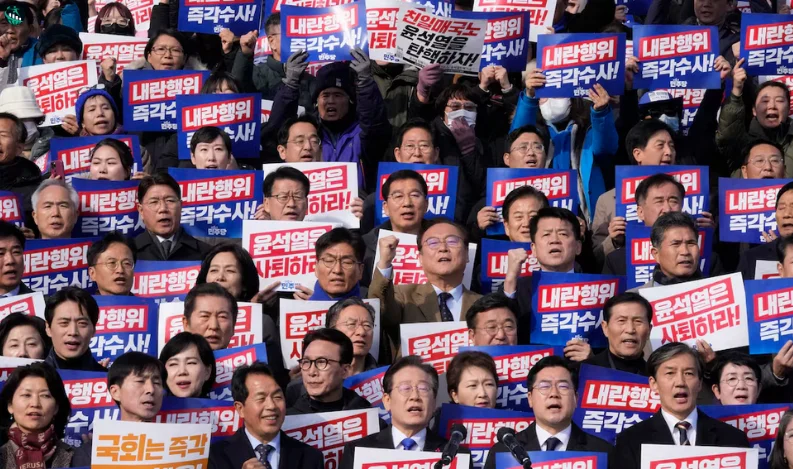
South Korea’s Leadership Evolution: From Military Rule to Democracy
South Korea has undergone a remarkable transformation from authoritarian regimes to a thriving democracy. After the Korean War, President Syngman Rhee led the country until 1960, when widespread protests forced his resignation. In 1961, General Park Chung-hee seized power, driving rapid economic growth known as the “Miracle on the Han River.” However, his rule was also marked by political repression.
Following Park’s assassination in 1979, South Korea faced political instability until the late 1980s. The June Democratic Struggle of 1987 was pivotal, leading to direct presidential elections and diminishing military influence. This shift paved the way for democratic leaders like Kim Young-sam and Kim Dae-jung, the latter earning a Nobel Peace Prize for his efforts to improve relations with North Korea.
In recent years, presidents have tackled challenges such as corruption and regional tensions. Park Geun-hye was impeached in 2017 over a corruption scandal, demonstrating the strength of Korea’s democratic institutions. Successive leaders like Moon Jae-in and Yoon Suk-yeol have focused on economic reforms and national security, maintaining South Korea’s status as a key global player.
South Korea’s leadership history highlights its resilience and commitment to democracy, shaping its path as a modern, influential natio



Recent Comments: